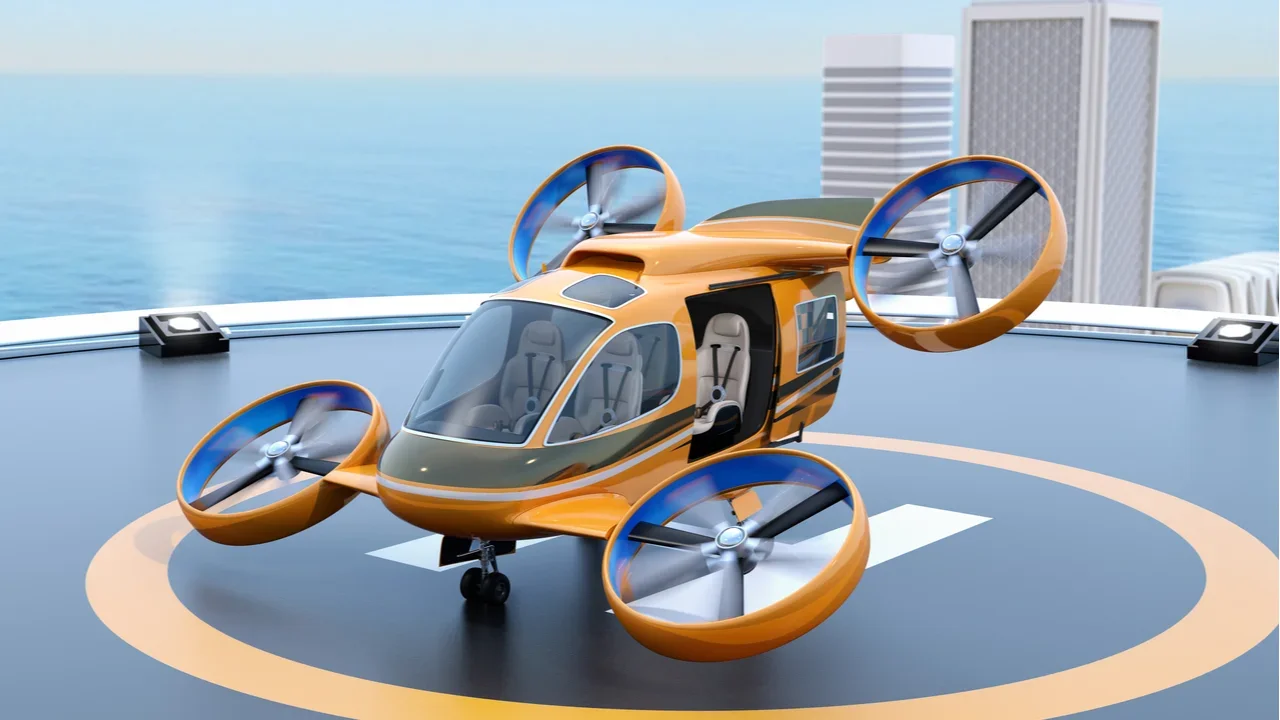
The global Urban Air Mobility (UAM) market, valued at $5.4 billion in 2023, is expected to grow at a compound annual growth rate (CAGR) of 12.9%, reaching $12.6 billion by 2030, according to the recently released “Urban Air Mobility – Global Strategic Business Report” from ResearchAndMarkets.com. This report offers a detailed analysis of market trends, growth drivers, and future projections, equipping businesses with the insights needed to navigate this emerging industry.
Key Drivers of Growth
The UAM market is gaining momentum due to several factors:
- Rapid Urbanization: As cities expand, increasing traffic congestion and longer commutes are driving the need for alternative mobility solutions.
- Advances in Electric Aviation: Innovations in electric propulsion systems and battery technology are making UAM more feasible and eco-friendly.
- Sustainability Goals: UAM aligns with global efforts to combat climate change by offering a greener alternative to traditional transport.
- Smart City Initiatives: Governments worldwide are integrating UAM into smart city frameworks to promote efficient and sustainable urban transportation.
Government and Regulatory Support
Countries like the United States, Germany, China, and Japan are at the forefront of UAM adoption. Regulatory agencies are actively supporting pilot projects and creating frameworks for airworthiness, safety, and airspace integration. These efforts are paving the way for commercial UAM deployments, ensuring safety and efficiency as the industry grows.
Technological Advancements
The rise of electric vertical takeoff and landing (eVTOL) vehicles, advancements in vertiports, and innovations in air traffic management systems are crucial to UAM development. Additionally, autonomous flight technologies and improved battery performance are accelerating UAM’s viability.
Impact of COVID-19
The pandemic highlighted the potential of UAM for critical services such as contactless deliveries and medical logistics. These applications showcased the industry’s value in emergency response and healthcare, further boosting interest and investment.
Market Potential
Urban air taxis are capturing consumer interest with promises of faster, safer, and more personalized commutes. Early adopters in major cities are generating demand for these innovative transportation solutions, which are expected to transform urban mobility.
As cities prioritize sustainable, connected, and efficient transportation systems, the UAM market is set for substantial growth. With increasing investments from public and private sectors, advancements in electric propulsion and autonomy, and supportive regulatory developments, UAM is emerging as a cornerstone of the future urban mobility landscape.
This comprehensive report underscores the vast opportunities within the UAM market, providing a roadmap for stakeholders to capitalize on this transformative sector.
Urban Air Mobility (UAM) represents a groundbreaking shift in transportation, offering scalable, sustainable, and innovative solutions for urban mobility. As cities grow and traffic congestion intensifies, UAM provides an alternative that enhances connectivity, reduces carbon emissions, and improves the efficiency of logistics and public transport. By addressing critical urban mobility challenges, UAM can support a variety of applications, including passenger transport, emergency response, medical supply delivery, and freight transport. Integrating airspace into urban planning aligns UAM with global trends toward smarter, more connected cities and sustainable transportation, heralding a new era in urban mobility.
How Technology is Advancing the Urban Air Mobility Market
Technological advancements are driving the growth of the UAM market, particularly in autonomous flight systems. Innovations in artificial intelligence (AI) and machine learning enable safer and more reliable operations, allowing for real-time decision-making, obstacle detection, and route optimization. These autonomous navigation systems significantly enhance UAM’s safety and efficiency.
Another critical development is in Unmanned Traffic Management (UTM) systems, which use AI-driven algorithms to manage the complexities of low-altitude air traffic. UTM ensures safe coordination of multiple aircraft, maintaining safe separation in crowded urban airspace. Furthermore, digital infrastructure—such as 5G connectivity and cloud-based systems—facilitates seamless communication and data exchange between UAM vehicles, operators, and ground infrastructure. Together, these advancements accelerate UAM deployment while aligning with goals of safety, sustainability, and operational efficiency.

